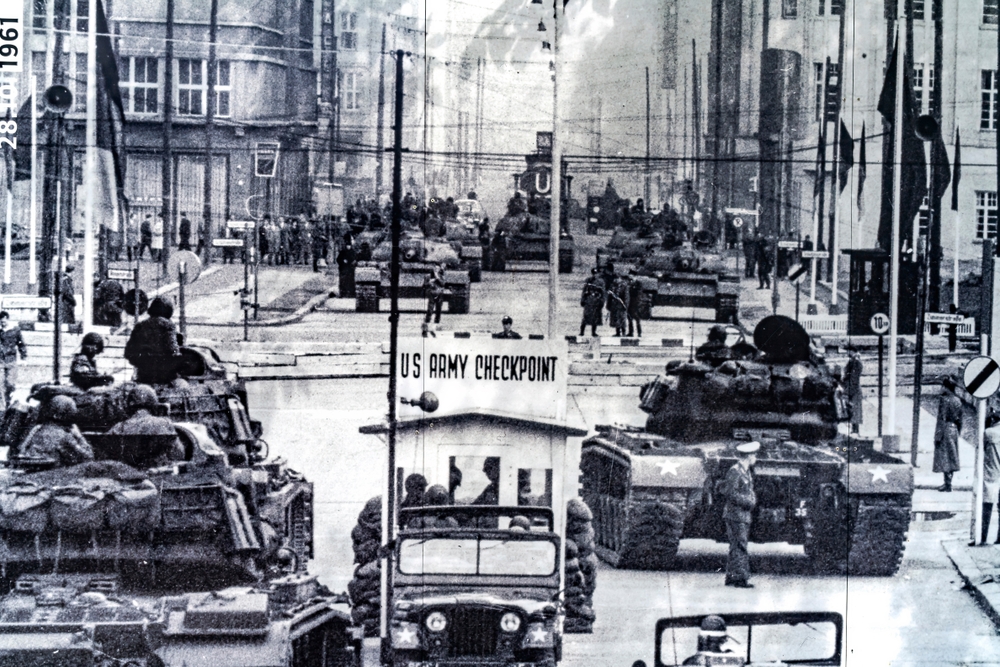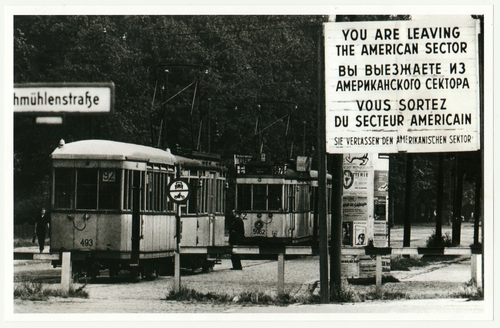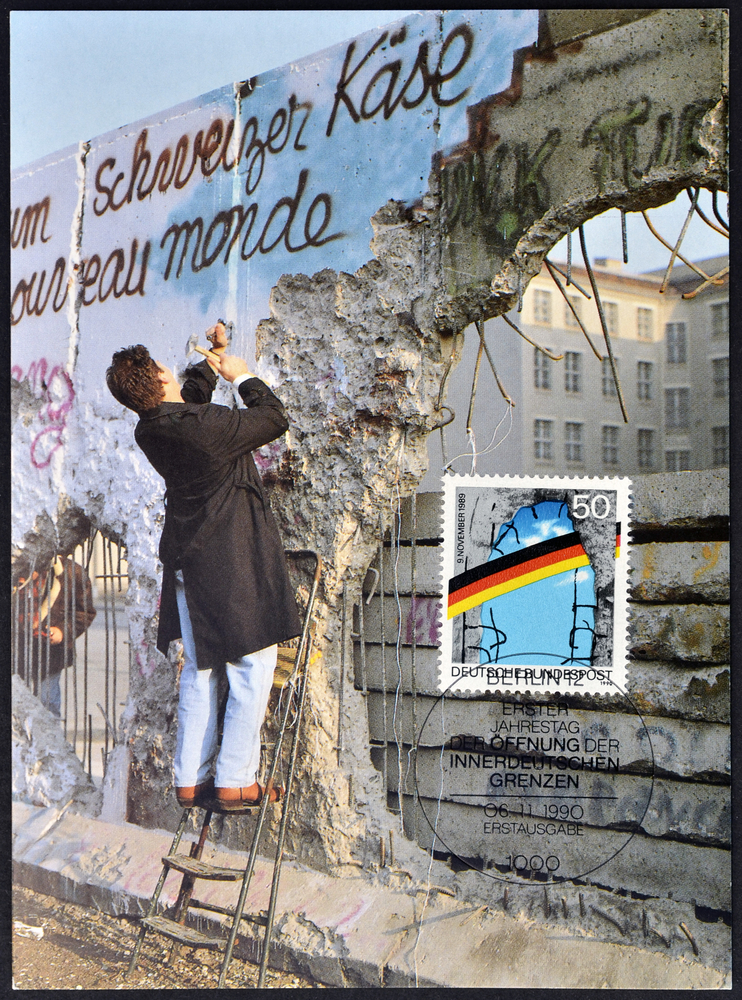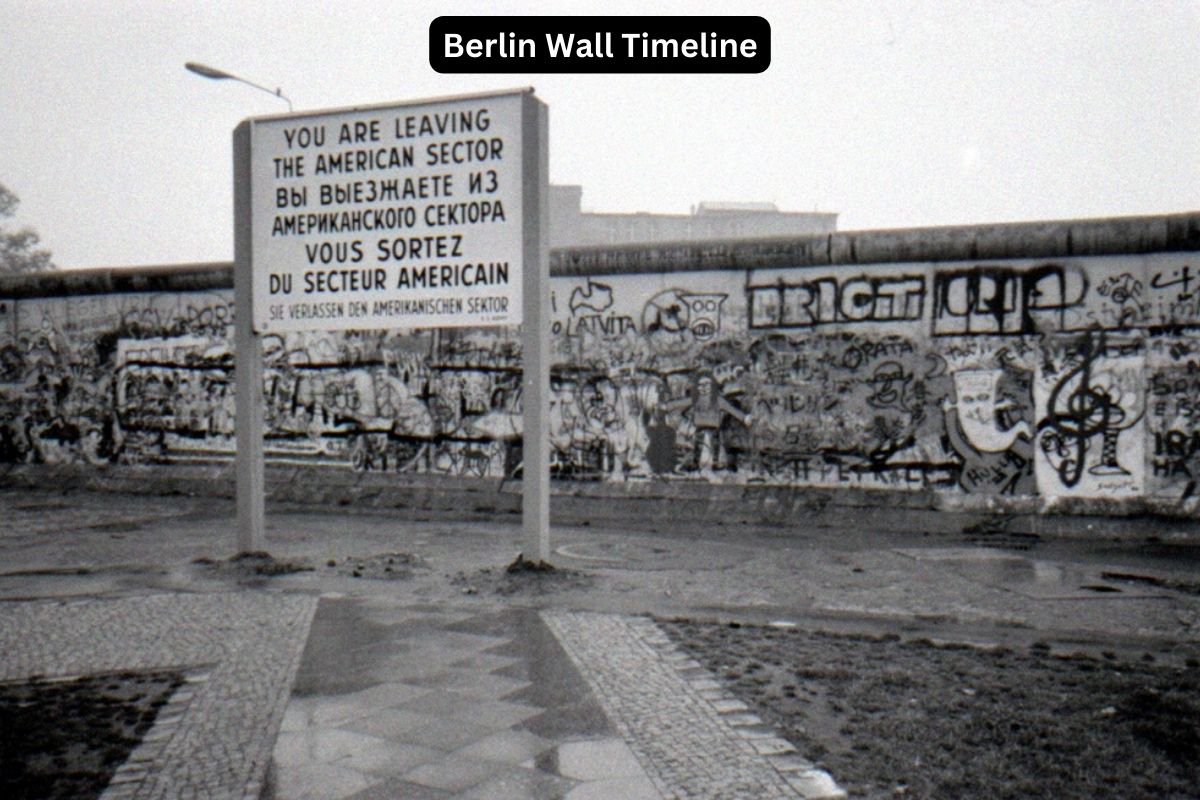The Berlin Wall, erected during the Cold War era, stood as a stark symbol of the ideological divide between East and West.
Its construction in 1961 and subsequent fall in 1989 marked significant turning points in history, shaping the lives of millions and reshaping the geopolitical landscape of Europe.
This article delves into the history of the Berlin Wall, from its construction to its eventual demise, exploring the events and emotions that defined this iconic barrier and its lasting impact on Germany and the world.
| Year | Event |
|---|---|
| 1945 | End of World War II |
| 1949 | Formation of East and West Germany |
| 1952 | Border Fortifications |
| 1958 | Berlin Crisis |
| 1961 | Construction of the Berlin Wall Begins |
| 1961 | Berlin Wall Completed |
| 1963 | “Ich bin ein Berliner” Speech |
| 1971 | Four Power Agreement |
| 1987 | Reagan’s “Tear Down This Wall” Speech |
| 1989 | Mass Protests |
| 1989 | Fall of the Berlin Wall |
| 1990 | Reunification of Germany |
| 1991 | Official Demolition Begins |
Timeline of the Berlin Wall
1945: End of World War II
After the defeat of Nazi Germany in World War II, the country is divided into four occupation zones controlled by the Allied powers: the United States, Great Britain, France, and the Soviet Union.
1949: Formation of East and West Germany
In the aftermath of World War II, Germany is officially divided into two separate states: the Federal Republic of Germany (West Germany) and the German Democratic Republic (East Germany). Berlin, located in the Soviet zone, is also divided into East and West sectors.
1952: Border Fortifications
East Germany begins fortifying its borders with West Germany, including the border between East and West Berlin. This marks the beginning of stricter controls on movement between the two sides of the divided city and the construction of physical barriers.

1958: Berlin Crisis
Tensions escalate between East and West Germany over the status of Berlin. East Germany, backed by the Soviet Union, increases restrictions on travel and communication between East and West Berlin. This leads to heightened anxiety among residents and increased emigration from East to West.
1961: Construction of the Berlin Wall Begins
On August 13, 1961, East German authorities begin constructing a barrier between East and West Berlin. Initially, this barrier consists of barbed wire and fences. The construction is justified by East German officials as necessary to prevent “fascist elements” from entering East Germany.
1961: Berlin Wall Completed
The construction of the Berlin Wall is completed, effectively dividing East and West Berlin. The barrier is reinforced with concrete segments, guard towers, and other fortifications, making it extremely difficult for East Berliners to escape to the West.
Also Read: Facts About the Berlin Wall
The Berlin Wall becomes a powerful symbol of the Cold War division between the Eastern Bloc and the Western Allies.
1963: “Ich bin ein Berliner” Speech
On June 26, 1963, U.S. President John F. Kennedy delivers his famous speech in West Berlin. In a show of solidarity with the people of Berlin and support for their struggle against communism, Kennedy declares, “Ich bin ein Berliner” (I am a Berliner).
The speech serves to bolster morale in West Berlin and reaffirms the United States’ commitment to defending the city’s freedom.

1971: Four Power Agreement
The United States, Great Britain, France, and the Soviet Union sign the Four Power Agreement on Berlin, reaffirming their commitment to the division of Germany and Berlin into separate zones of occupation.
The agreement also establishes certain protocols for communication and travel between East and West Berlin, including the maintenance of Allied checkpoints.
1987: Reagan’s “Tear Down This Wall” Speech
On June 12, 1987, U.S. President Ronald Reagan delivers a speech at the Brandenburg Gate in West Berlin.
In a direct challenge to Soviet leader Mikhail Gorbachev and the East German government, Reagan famously declares, “Mr. Gorbachev, tear down this wall!”
Also Read: Timeline of the Nuclear Arms Race
The speech is seen as a powerful expression of the desire for freedom and reunification among the people of Berlin.
1989: Mass Protests
Throughout 1989, mass protests erupt in East Germany, fueled by discontent with the authoritarian regime and inspired by political changes sweeping across Eastern Europe.
Demonstrators demand political reform, greater personal freedoms, and the right to travel freely. The protests gain momentum, leading to widespread calls for the opening of the Berlin Wall and the reunification of Germany.

1989: Fall of the Berlin Wall
On November 9, 1989, the East German government announces that citizens can cross freely into West Berlin. Thousands of East Berliners flood to the checkpoints, overwhelming border guards who ultimately allow them to pass.
People from both sides of the wall celebrate together, climbing on top of the wall, chipping away at it as a symbol of liberation, and crossing freely for the first time in nearly three decades. This event marks the symbolic end of the Cold War division in Germany and Europe.
1990: Reunification of Germany
Following the fall of the Berlin Wall and the collapse of the Eastern Bloc, negotiations begin for the reunification of Germany. On October 3, 1990, East Germany is officially absorbed into West Germany, marking the formal reunification of the country.
The reunification process involves economic, political, and social integration, and brings an end to the division that had existed since the end of World War II.
1991: Official Demolition Begins
After reunification, official efforts begin to dismantle the Berlin Wall. Large sections of the wall are removed to make way for reunification projects and to symbolize the reunification of the country. Some parts of the wall are preserved as memorials and historical sites, serving as reminders of the division and the struggle for freedom that defined the Cold War era.
